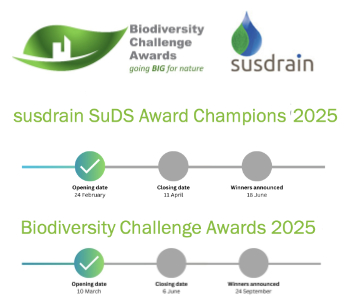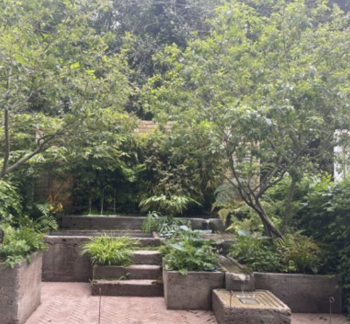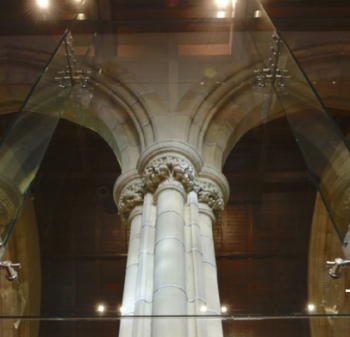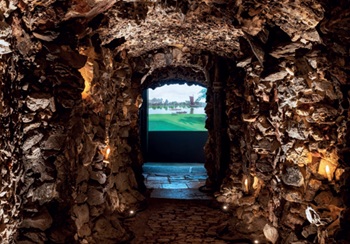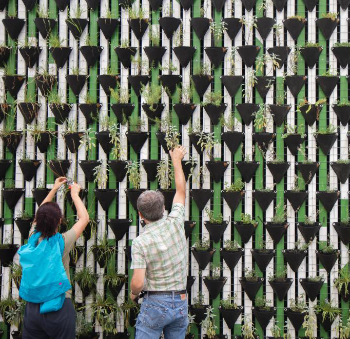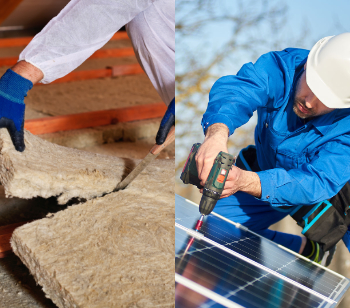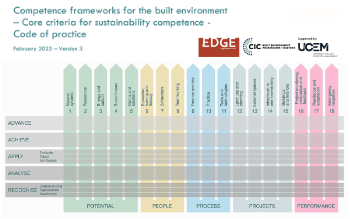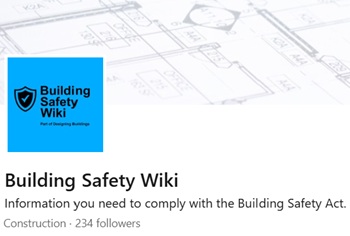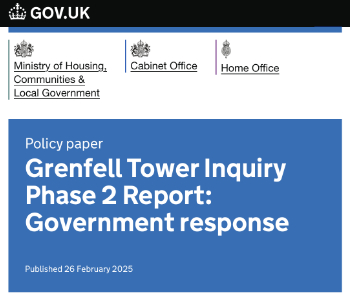About Cristian
I got a MD in Architecture (2006) in Chile. Currently I am carrying out a PhD in Urban Studies at UCL (2012-2016)

The idea:
In addition to the most well-known factors of successful investments for developing properties (connectivity, proximity to services, diversity, good quality public spaces and others) there are two new attractors for keeping investors interested on properties: supporting and flexibility, but now from a different viewpoint.
If there is a suitable property for creating new neighbourhoods, investors would like to take the risk. However and as soon as the project is finished, investors have to look at for other different sites for new opportunities. It means that although the former investment was successful now it does not have another possible future;i.e. it is now 'past'. So, the interest is also forced to be finished.
But what happens if we come back to the successful project and find a new chance to re-charge the investment? The place was proved as a good location, services are functioning, more people are interested for living there, local council still needs to accommodate more people, participation processes were well guided and the like. So, finally the risk is less high because of the current positive externalities, the increased know-how and a new investment could be supported (in part) by the first project.
To open this chance and keep investors interested in properties, it needs two important things:
1.- Just in case the investment was successful and if there is not historical heritage or other constraints, a possible second stage could be opened. Thus, a considerable part of buildings, services and infrastructure in the first stage need to be reinforced to support an extension (properly agreed). In this case, investors should consider an 'extra-charge' for the first stage. But if in case they decide not to go ahead with the second one, the public sector returns this extra-charge to the investors and now the chance pass to the public sector. This is the 'support' from the public sector for keeping investors interesting on a possible second chance into the same place.
2.- The second condition is 'flexibility'. If the first stage was successful and it can support a second one, so, it needs 'flexibility' to increase densities a bit more and to use the infrastructural support considered on the first stage: new towers, a couple of new buildings per area or/and an extension of services could be another chance to re-invest applying the accumulated know-how in terms of process in a secure context of investment.
It is a new chance also suitable for correcting previous issues and for getting involved again into a new investment process based on a successful first stage. If there is not a second stage because business was only well finished (but not strongly enough) so, the project is over and every actor achieved their goals; but if there was a more than successful investment, if the demand is still alive and the place can resist a second part, so, there could be another future for the same well-know successful place. If the investors have this chance, they will keep the interest in properties because there is not only one possible future but also another one in case everything is going well. This is the 'management normative bonus' as another way to open the future again because of a successful experience.
Featured articles and news
Sustainable Urban Drainage and Biodiversity
Awards for champions of these interconnected fields now open.
Microcosm of biodiversity in balconies and containers
How minor design adaptations for considerable biodiversity benefit.
CIOB student competitive construction challenge Ireland
Inspiring a new wave of Irish construction professionals.
Challenges of the net zero transition in Scotland
Skills shortage and ageing workforce hampering Scottish transition to net zero.
Private rental sector, living standards and fuel poverty
Report from the NRH in partnership with Impact on Urban Health.
.Cold chain condensing units market update
Tracking the evolution of commercial refrigeration unit markets.
Attending a conservation training course, personal account
The benefits of further learning for professsionals.
Restoring Alexander Pope's grotto
The only surviving part of his villa in Twickenham.
International Women's Day 8 March, 2025
Accelerating Action for For ALL Women and Girls: Rights. Equality. Empowerment.
Lack of construction careers advice threatens housing targets
CIOB warning on Government plans to accelerate housebuilding and development.
Shelter from the storm in Ukraine
Ukraine’s architects paving the path to recovery.
BSRIA market intelligence division key appointment
Lisa Wiltshire to lead rapidly growing Market Intelligence division.
A blueprint for construction’s sustainability efforts
Practical steps to achieve the United Nations Sustainable Development Goals.
Timber in Construction Roadmap
Ambitious plans from the Government to increase the use of timber in construction.
ECA digital series unveils road to net-zero.
Retrofit and Decarbonisation framework N9 launched
Aligned with LHCPG social value strategy and the Gold Standard.
Competence framework for sustainability
In the built environment launched by CIC and the Edge.
Institute of Roofing members welcomed into CIOB
IoR members transition to CIOB membership based on individual expertise and qualifications.
Join the Building Safety Linkedin group to stay up-to-date and join the debate.
Government responds to the final Grenfell Inquiry report
A with a brief summary with reactions to their response.







